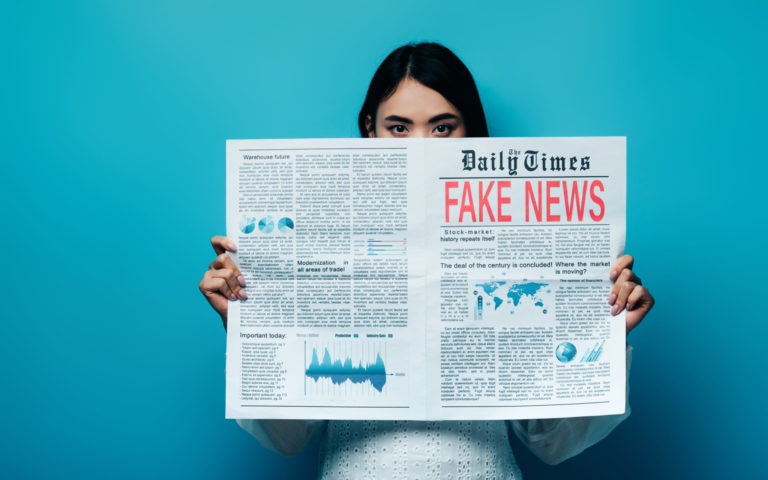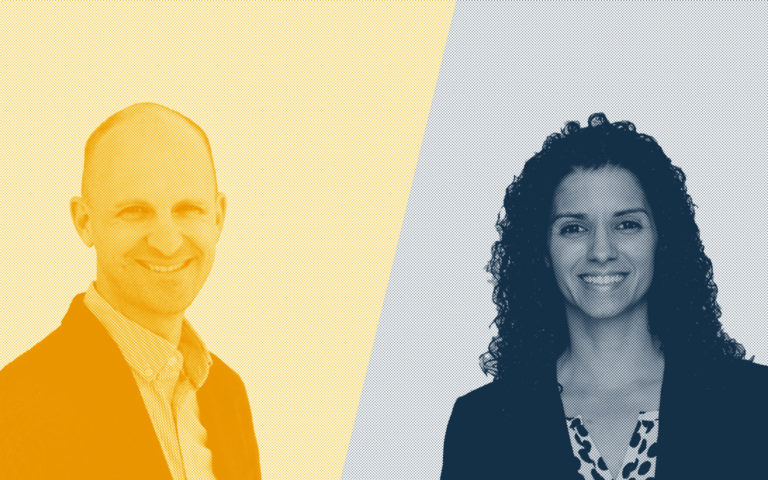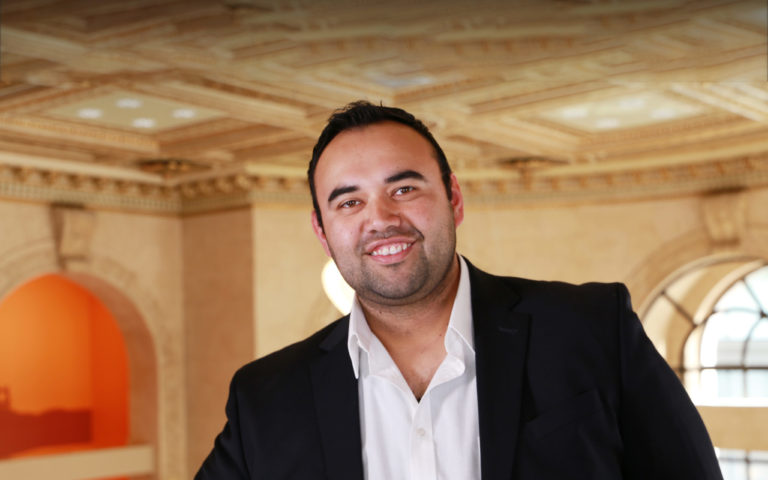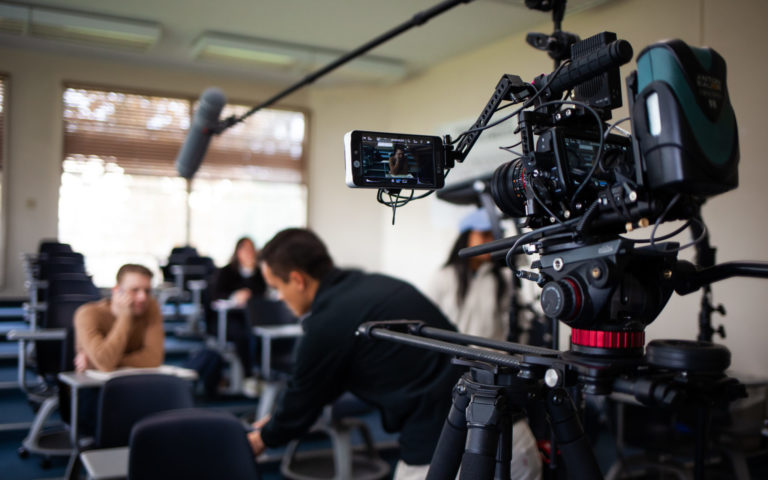By Lauren Pick, MA, Assistant Professor of Communication, with Katie Huffman
In the digital age, we have access to immeasurable pages of information at our fingertips. You can quickly find out “how to get rid of hiccups” or “when is strawberry season” without much focus on the sources providing the answer. But what about when you need more serious information, like the news? With the use of clickbait, anonymous sources, and “alternative facts,” how can we be certain that what we are reading is actually true? We asked Lauren Pick, Assistant Professor of Communication, for her advice.
So how do I know if what I read in the news or hear on TV is true?
It is important to get your news from a reputable, respected publication, such as The New York Times, The Wall Street Journal, CNN, or BBC news. You want organizations that are dedicated to providing accurate, truthful information. Large established news outlets pride themselves on following the Journalist’s Creed. This declaration of values and standards adopted throughout the world states, “I believe in the profession of journalism. I believe that the public journal is a public trust; that all connected with it are, to the full measure of their responsibility, trustees for the public; that acceptance of a lesser service than the public service is betrayal of this trust.” So if you are accessing credible news outlets, you lessen the likelihood of believing falsehoods or being manipulated.
The Huffington Post provides 9 guidelines to recognize a fake news story. They are:
- Read past the headline
- Check what news outlet published it
- Check the publish date and time for currency
- Research the author
- Look for links and sources used as evidence
- Verify questionable quotes and photos for accuracy
- Beware of confirmation bias
- Cross check story with other reputable news outlets
- Think before you share
Has fake news always been a problem or is it a new problem in the age of digital media?
Fake news is not a new phenomenon. It’s existed for years in the tabloids in the checkout stands at supermarkets. Digital media, however, has taken fake news to a new level. With advancements in technology, our society now highly values immediacy. When we receive information, we don’t tend to crosscheck it to ensure its credibility but, instead, take it at face value, which results in readers being deceived.
Another issue is that our attention spans are growing shorter as a result of technology, and we want to be drawn in and entertained as soon as we start reading or hearing messages. Be wary of sensational stories, because oftentimes they are intended to pull you in and mislead you. The prevalence of fake news is furthered because of social media platforms, which don’t have the same standards or credibility checks that news outlets do. Facebook, in particular, has been a breeding ground for fake news.
Why does it matter if we can’t tell real news from fake news?
Fake news is meant to distract and confuse people. According to Ali Velshi, a journalist with extensive experience working for major news outlets, “Fake news sows confusion that obscures basic facts, thereby impending necessary debate.” In other words, it is a distraction that keeps us from talking about what’s really important. In an age sometimes referred to as a “post-truth era” with terms like “alternative facts” being used, it is so important that we discern the truth from lies. Fake news is especially meant to influence our political views. When people can’t discern fake news from real news, they will vote on issues they’re misinformed about.





















